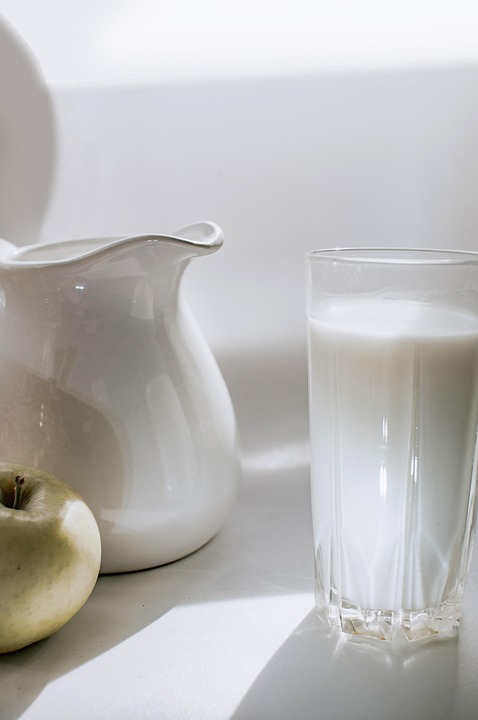The Milk Supply Chain: From Farm to Retail Shelf
The milk supply chain is a complex network of activities that involves multiple stakeholders working together to ensure that fresh milk reaches consumers efficiently. From dairy farms to retail shelves, each step in the supply chain plays a crucial role in delivering high-quality milk to customers.
Dairy Farms
The milk supply chain begins at dairy farms, where cows are raised and milked to produce raw milk. Dairy farmers work tirelessly to ensure the health and well-being of their cows, as happy and healthy cows produce higher-quality milk. Once the cows are milked, the raw milk is collected and transported to processing facilities for further production.
Processing Facilities
At processing facilities, raw milk undergoes pasteurization, homogenization, and fortification to ensure that it is safe for consumption and meets regulatory standards. The milk is then packaged into various containers such as cartons, bottles, or jugs before being distributed to retailers.
Distribution and Logistics
After the milk is processed and packaged, it is transported to distribution centers and warehouses for storage. From there, the milk is distributed to various retailers such as grocery stores, convenience stores, and supermarkets. Efficient logistics and transportation play a key role in ensuring that milk reaches retail shelves in a timely manner.
Retailers
Retailers play a crucial role in the milk supply chain by stocking and selling milk to consumers. They work closely with dairy farmers, processing facilities, and distributors to ensure a steady supply of fresh milk to meet consumer demand. Retailers may also engage in promotional activities to drive sales and increase consumer awareness of different milk products.
Industry Insights
The milk supply chain is a multi-billion-dollar industry that is constantly evolving to meet changing consumer preferences and market trends. In recent years, there has been a growing demand for organic and plant-based milk products, leading to new product innovations and marketing strategies within the industry.
According to market research firm IBISWorld, the dairy product manufacturing industry in the United States generated revenue of $123 billion in 2020, with an annual growth rate of 1.2%. The industry is highly competitive, with major players such as Dean Foods, Dairy Farmers of America, and Nestle dominating the market.
In terms of global milk production, the top five milk-producing countries are India, the United States, China, Brazil, and Germany. These countries account for a significant portion of the world’s milk supply, with India alone producing over 200 million metric tons of milk annually.
Conclusion
In conclusion, the milk supply chain is a complex and multifaceted system that involves dairy farms, processing facilities, distributors, and retailers working together to deliver fresh milk to consumers. With changing consumer preferences and market trends, the industry continues to innovate and adapt to meet the needs of a diverse and growing consumer base. By understanding how the milk supply chain operates from farm to retail shelf, we can appreciate the efforts and collaboration of all stakeholders involved in bringing this essential and nutritious product to our tables.




